Today’s blog post is written by one of the students in the study abroad course.
Name: Garmondyu Whorway
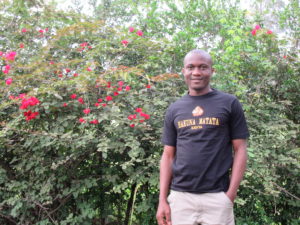
Hometown: Paynesville, Liberia
Program of Study: Finishing a MS in Instructional Design, Development and Evaluation (IDD&E) in Summer 2019 and beginning a PhD in IDD&E in August 2019
I am participating in the Kenya study abroad experience because it is an excellent opportunity for my research. Coming from a developing country (Liberia) that shares the same global perspective of a developing country like Kenya, it is a comparative analysis opportunity to have a different perspective. My research focuses on the use of technologies in developing learning settings and how self-determined contextual variables influence the use of technology to improve learning in these settings. Coming to Kenya through this program will help, and has started helping, me to understand the different contextual variables unique to Kenya as it relates to its history, culture, people and education and how it fits in the actualization to increase performance through the use of technology.
Some things I have observed thus far are that differences are inevitable from people to people and location to location. I have observed so far some level of distinction in comparison to my context as well as similarities. One common difference a person will spot immediately, especially coming from countries where driving is on the right side, here in Kenya it is on the left side and the drivers sit on the right-hand side as well. Another difference is the local language. Where I come from we speak broken or pidgin English while the Kenyans have a national language of Kiswahili. I have learned a few words as well, “Jambo” (hello) and “Asante Sana” (thank you very much). The similarities so far are the diverse mutuality of Kenyans in a very diverse community, something we in Liberia have need to practice after our civil war. Generally, there is a whole lot to learn from Kenyan diversity from the National Museum and the Bomas of Kenya culture center we visited. Also, the people of Kenya live very much in a technologically-connected world, along with beautiful malls and streets.
I find it interesting how the people and their government have conserved the many artifacts and fossils that are on display at the Nairobi National Museum and Bomas of Kenya. Their actions are a clear demonstration of African love for arts and their history. Coming from West Africa, I am familiar with the trans-Atlantic slave trade but didn’t know that the slave trade started even before the European travel to Africa. The Nairobi National Museum had on display information about Tippu Tip, an Arab-Zanzibari slave trader and the first person to trade slaves on the continent in East Africa.
I am looking forward to more exciting things as it relates to Kenyans’ daily living and how they connect with their rich heritage. Also, I am looking forward to interacting with Kenyans and discussing how these significant cultural identities and diversity influence their daily lives – from education to economics.
Recap of Today’s Activities:
We visited the Nairobi National Museum in the morning and were guided by Emma, a Kenyan tour guide who did splendidly in telling us about the many things we saw, including:
- The animals found in Kenya, their evolutionary history and characteristics.
- Evolution, where different fossils were found, and the characteristics of the early human fossils.
- The stages of life and how they are celebrated in different Kenyan communities.
- A display of over 900 types of birds in Kenya and their unique activities as well.
- The beautiful paintings of Joy Adamson and her relationship with the lion she took care of.
- The political history of Kenya, along with the history of currency in Kenya.
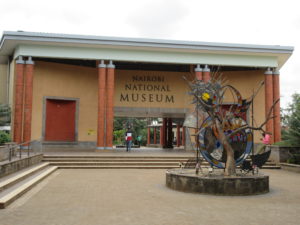
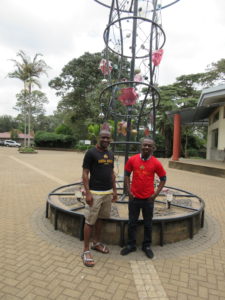
We ate some Kenyan food (ugali, chapati, sukuma wiki, beef stew, chicken) for lunch at the Bomas of Kenya and then went to the afternoon performance of traditional dancing.
- We witnessed the cultural dances of a number of communities in Kenya.
- During the performance, three of our class members were picked to participate, and it was fun to watch. At the end, a lot of the school children who were there to watch the performances went onto the stage to dance to music playing on the loud speakers.
- We visited the examples of traditional homes of 23 communities in Kenya.
- We saw baboons and monkeys at Bomas of Kenya – friendly and going about their businesses as well.
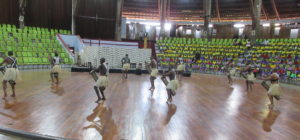
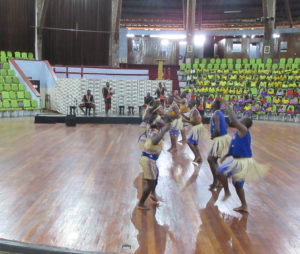
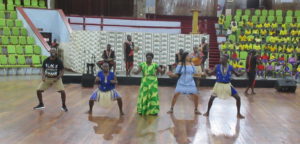
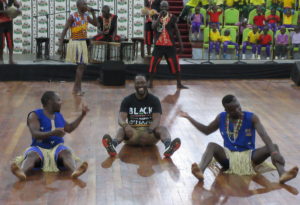
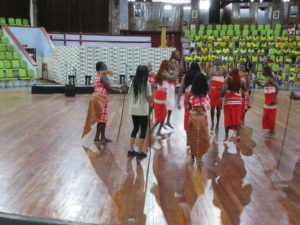
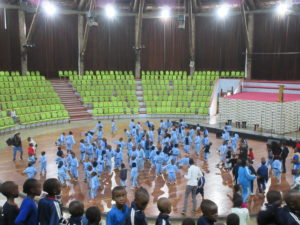
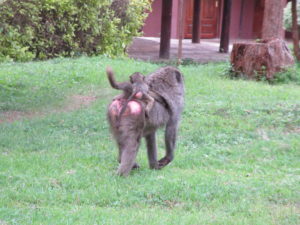
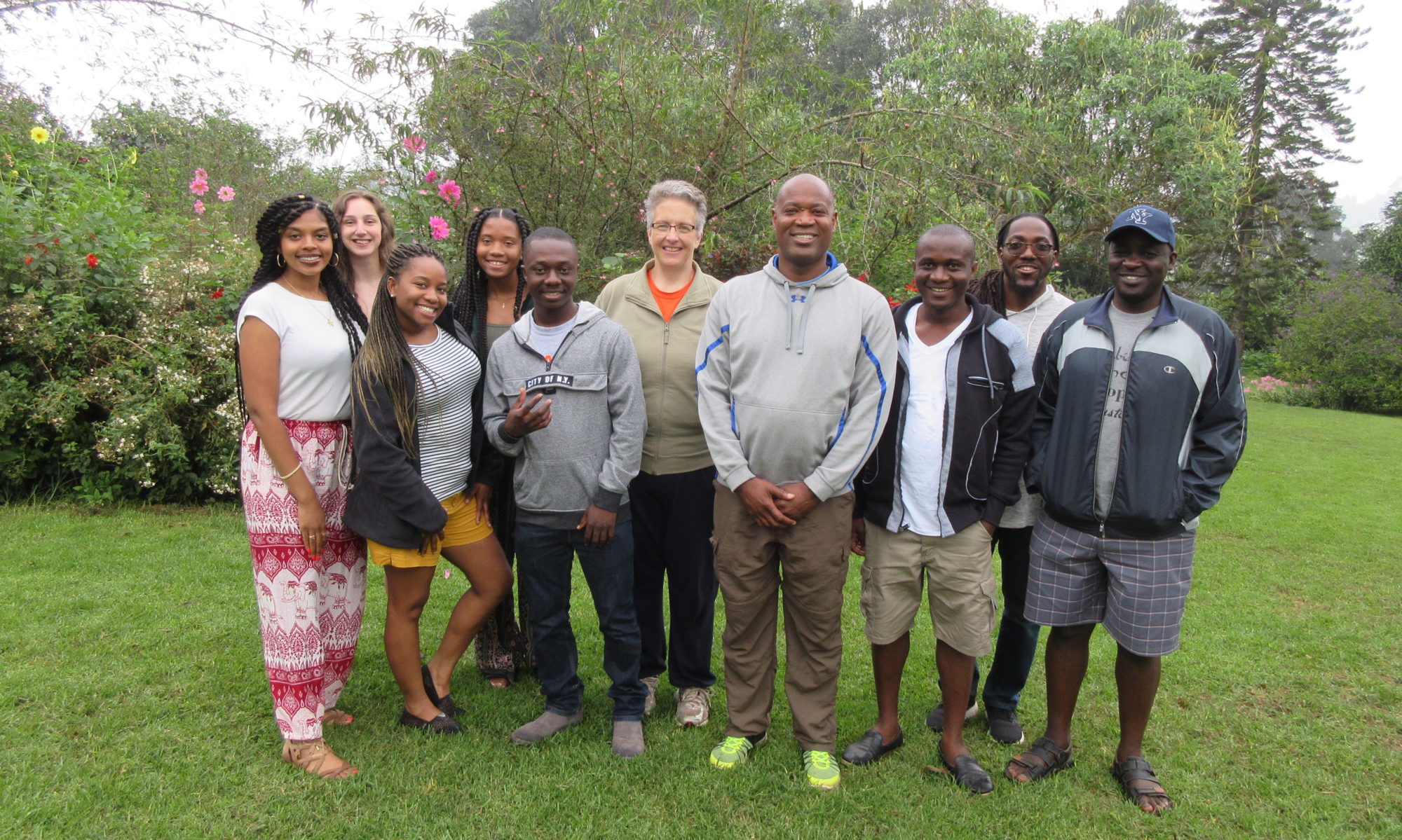
Mr. Difficult Name Who I Will Call War-Way.
I am excited to see that you are looking forward to interact with Kenyans. I am hoping that you will get that opportunity. I will try to create it for you in the phase that you come to Embu.